In Pictures: How Myanmar's resistance fights with drones
Commercial devices, technical ingenuity and online forums key to asymmetric strategy
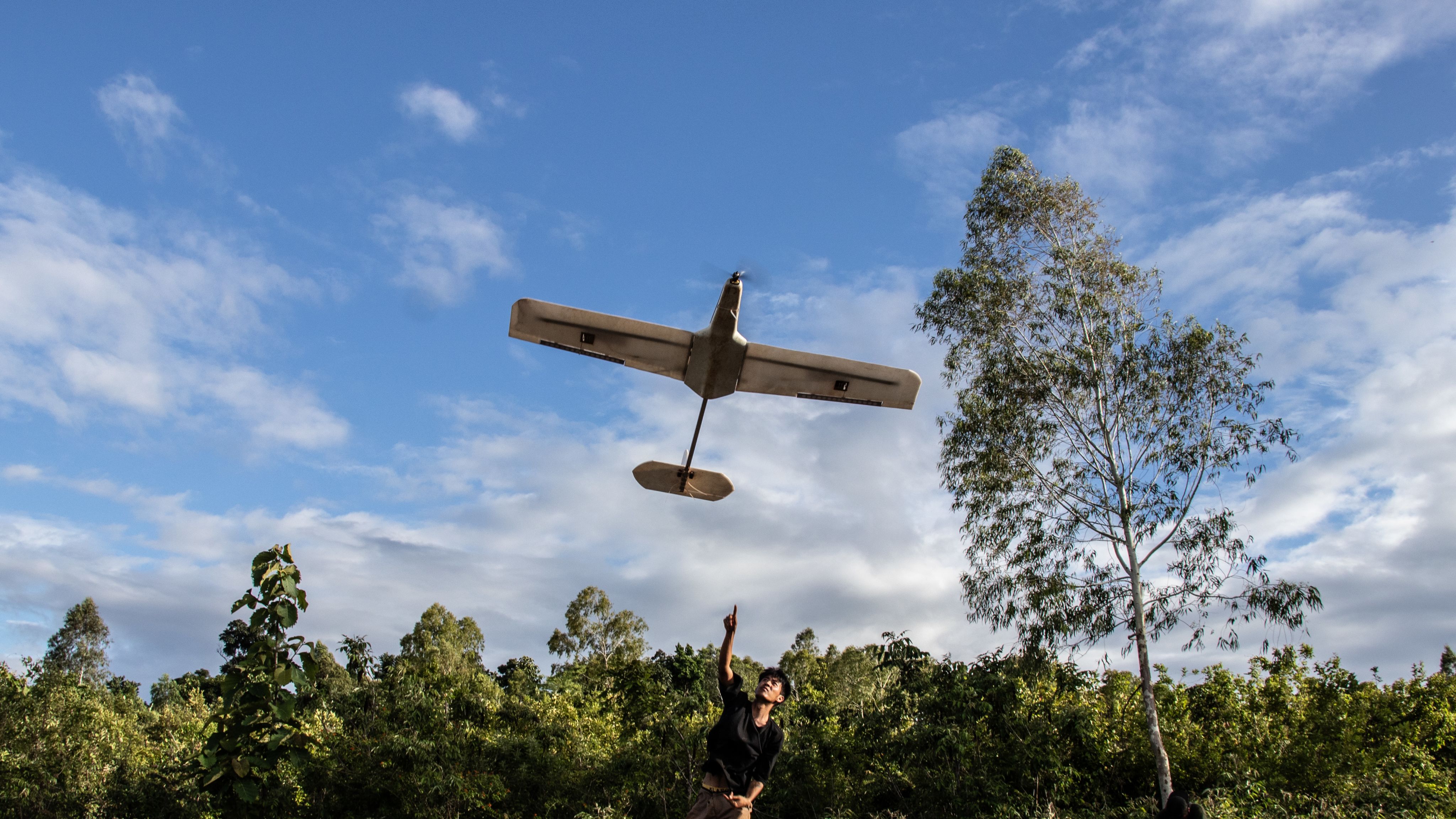
Patrick, the 25-year-old leader of the Karenni Nationalities Defence Force (KNDF) drone unit, tossed a 2-meter-wide drone up into the sky from the mountains of Moe Bye.
"We want to attack state military bases while limiting the risk of counterattack," he said of the leading resistance group in eastern Myanmar's Kayah state.
Half an hour later, a Myanmar army base and dozens of soldiers were shown on a laptop screen. Patrick immediately contacted the frontline forces to tell them there were no obstacles to launching an offensive. "We can see them on our screen, like how many soldiers are in a house, or what they are doing," he said.
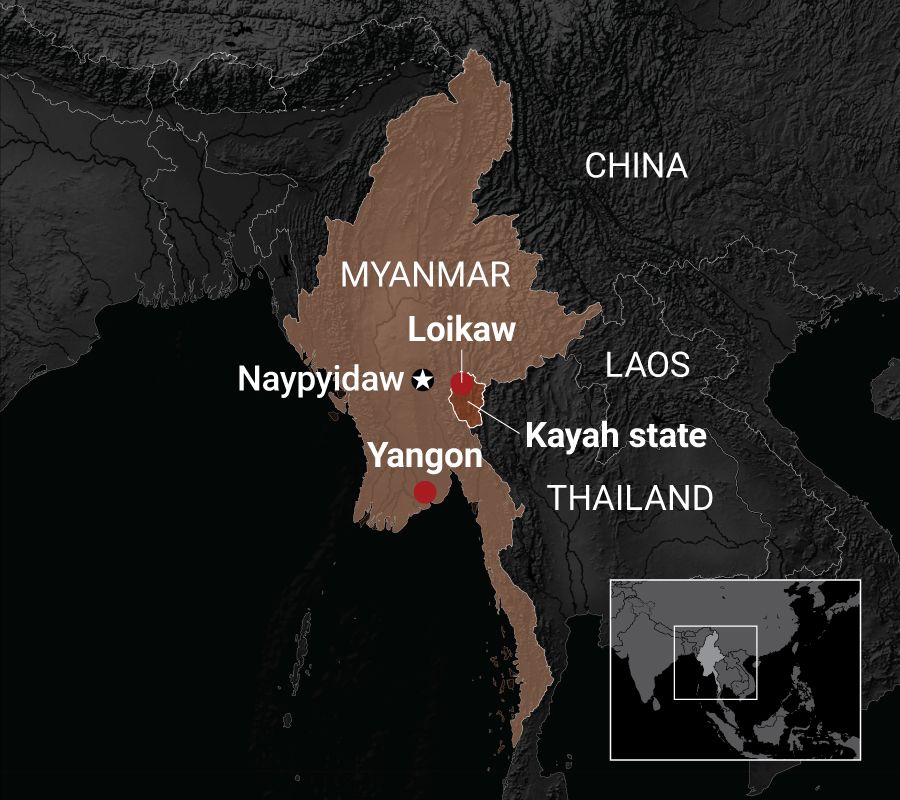
In February 2021, the Myanmar military detained leaders of the democratically elected government, including Nobel peace laureate Aung San Suu Kyi, and seized power. Since then, forces seeking to restore democracy have launched an armed resistance against the regime, with the help of the country's myriad ethnic armed organizations. In recent months, significant gains by the resistance have put the army on the back foot.
Soon after its foundation in the wake of the military takeover, the KNDF created a drone team with young technicians and IT students.
Patrick's squad was instrumental in the KNDF's recent launch of an offensive called "Operation 1111" -- named for the date it began on Nov. 11, 2023 -- aiming to seize control over the state capital Loikaw.
"The military regime is afraid of drones. It is a new challenge for them. They have never faced this kind of experience during the past civil wars. We can hit them seriously by using them," Patrick said.
To counter the threat, the military has set up an anti-drone system in the city. But Patrick said, "We mostly use fixed-wing drones [instead of helicopter-type models] because they can fly beyond the range of the military's jamming devices and destroy their stronghold backline bases."
The resistance forces make heavy use of drones not just for reconnaissance but also to directly bomb military troops and bases. This asymmetric approach has caused the regime severe damage.
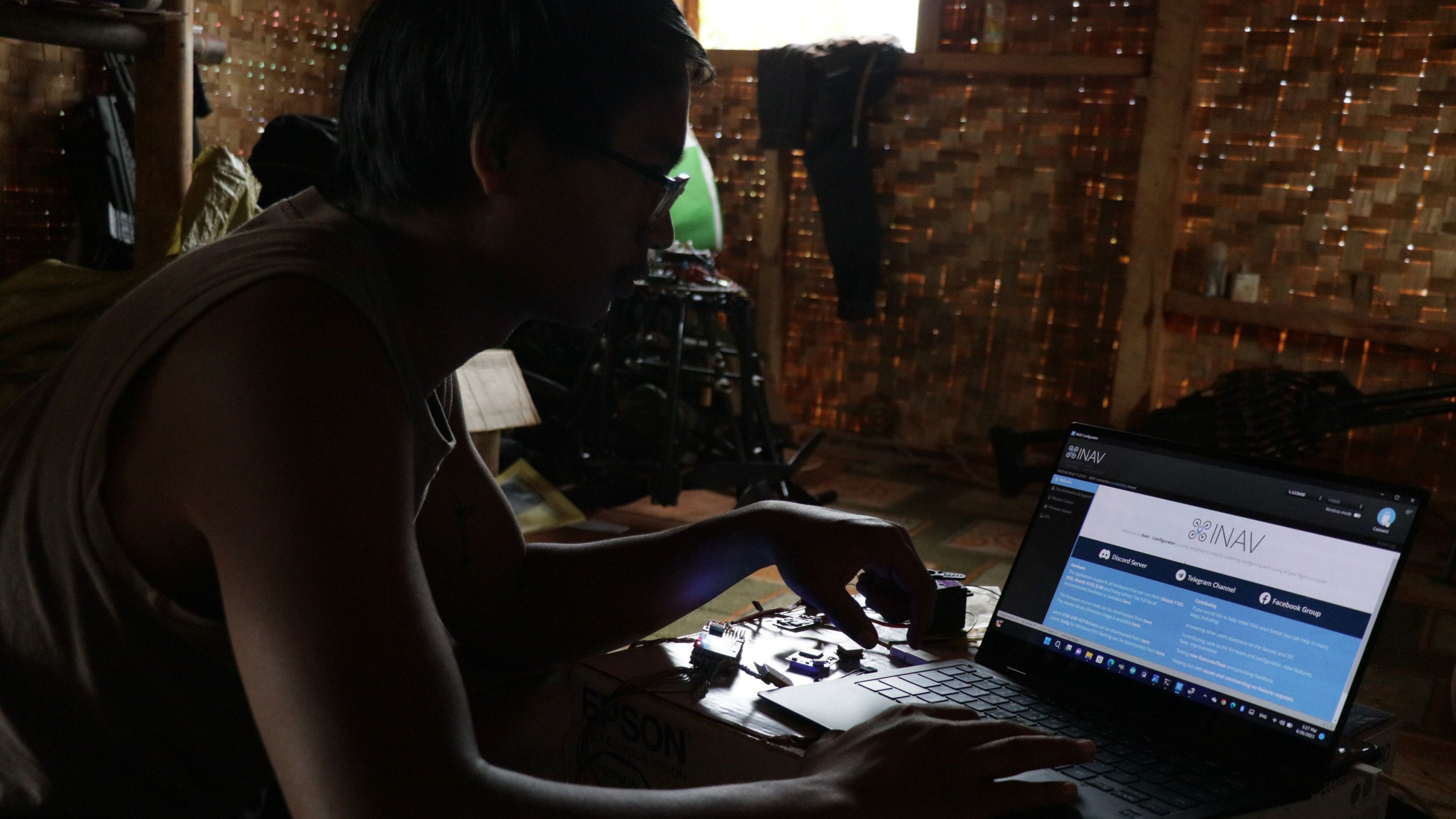
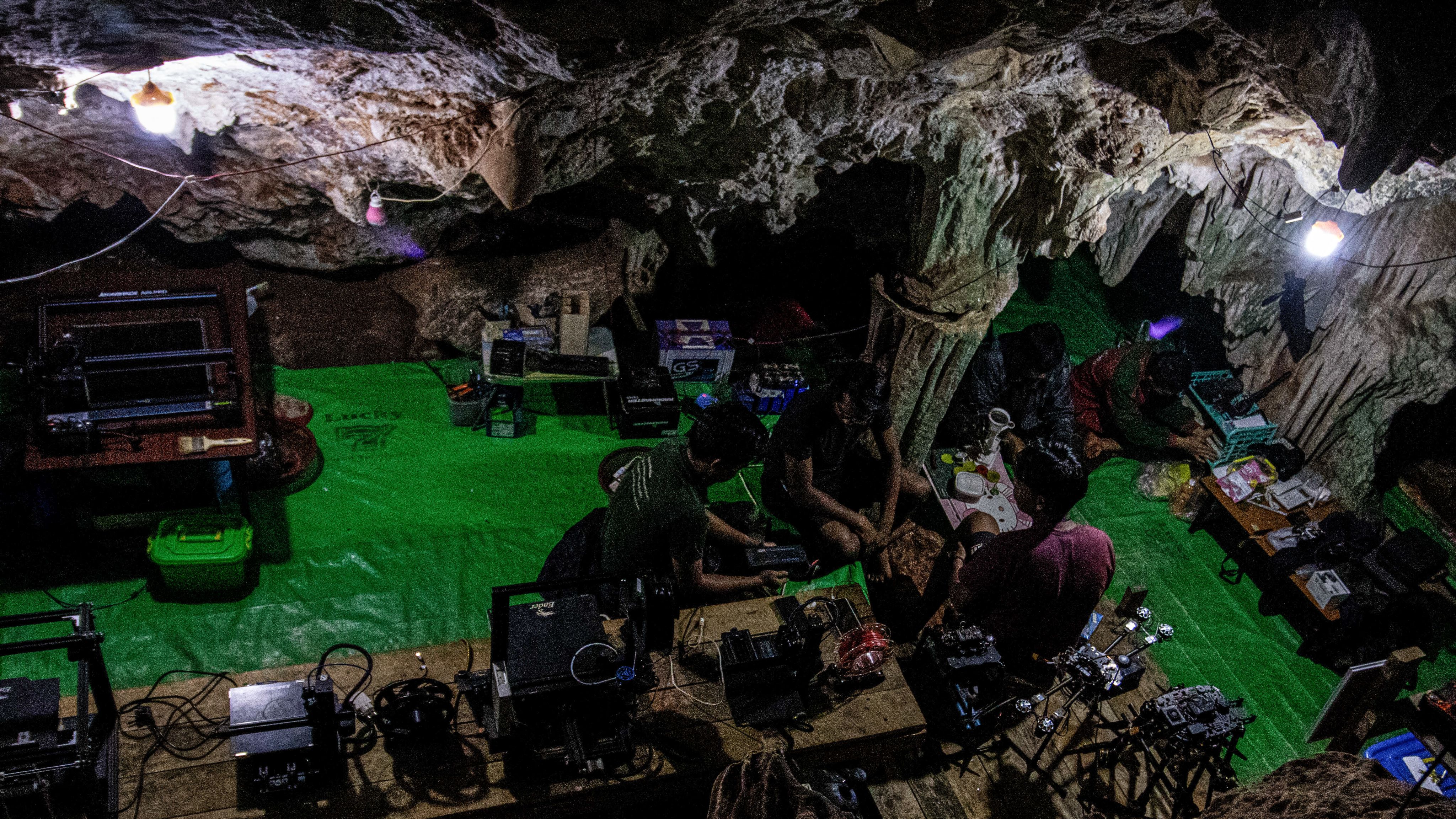
Equipment including laser cutters and 3D printers are seen in a secret drone factory inside a cave.
Equipment including laser cutters and 3D printers are seen in a secret drone factory inside a cave.
Another group in the same region established a secret "drone factory" in a cave to assist the resistance groups. Inside the cave, several 3D printers and laser cutting machines were placed on wooden tables.
"I joined the resistance because I noticed the military was killing and oppressing civilians. I couldn't tolerate and accept it, and that brought me here," said Oatk Gyi, the 27-year-old director of the base, who graduated from a local IT university.
The team was making bombs to be attached to drones and dropped on enemy units, filling 30 cm cylinders with explosives. "I don't think killing is a good thing, but it is unavoidable under this circumstance," Oatk Gyi said.
The workplace was dimly lit, with no light from outside. "As we don't have electricity, we run the machines by solar systems and generators," he said.
Most of the drones that the resistance deploys are intended for civil use and available on the commercial market. However, Patrick said his team found a way to extend the flight range by rewriting the drone's piloting program.
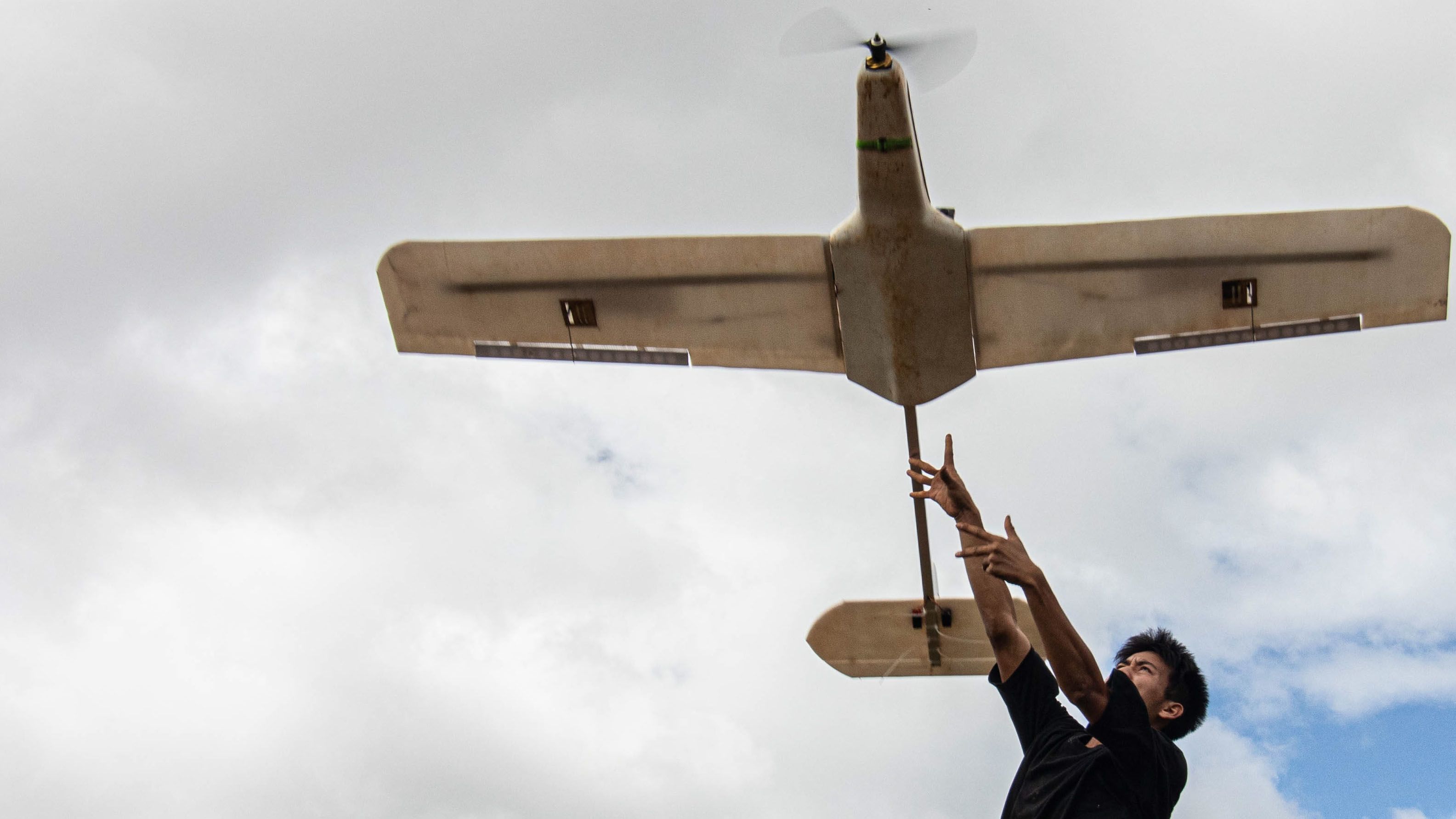

Fighters watch a movie inside their shelter after a day's work.
Fighters watch a movie inside their shelter after a day's work.
An engineer on the team explained that commercial drones often have limitations on using frequency bands to comply with regulatory requirements in various countries. However, some systems support ultra-long wave signals, which combat drones also use. This way, the drones can fly much farther.
In addition to using open-source information on the internet, he said the team simply asks on online forums whenever they face technical challenges.
By overriding the range limitations, "our drones can operate up to 30-40 kilometers, depending on the battery," he told Nikkei Asia.
"We bought some electronic devices such as communication devices from the market, but the battery and body parts are created here after calculations and testing."
"When a fight happened on the front line, the military launched heavy artillery at our comrades, which caused a lot of casualties. So, we needed to aim and attack their base to destroy those weapons in advance," Patrick said.
Berry's real name cannot be used in this article for safety reasons.
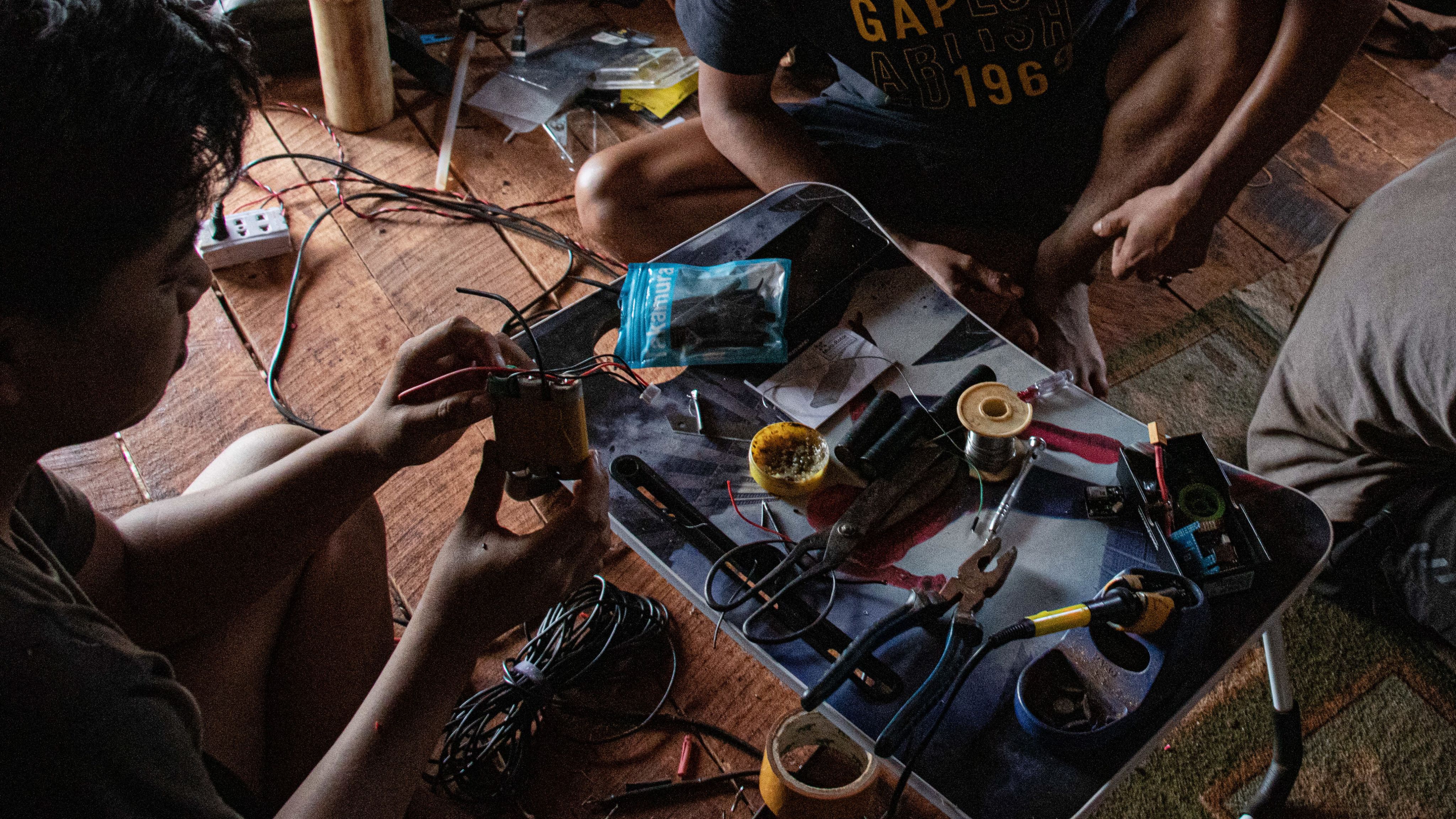
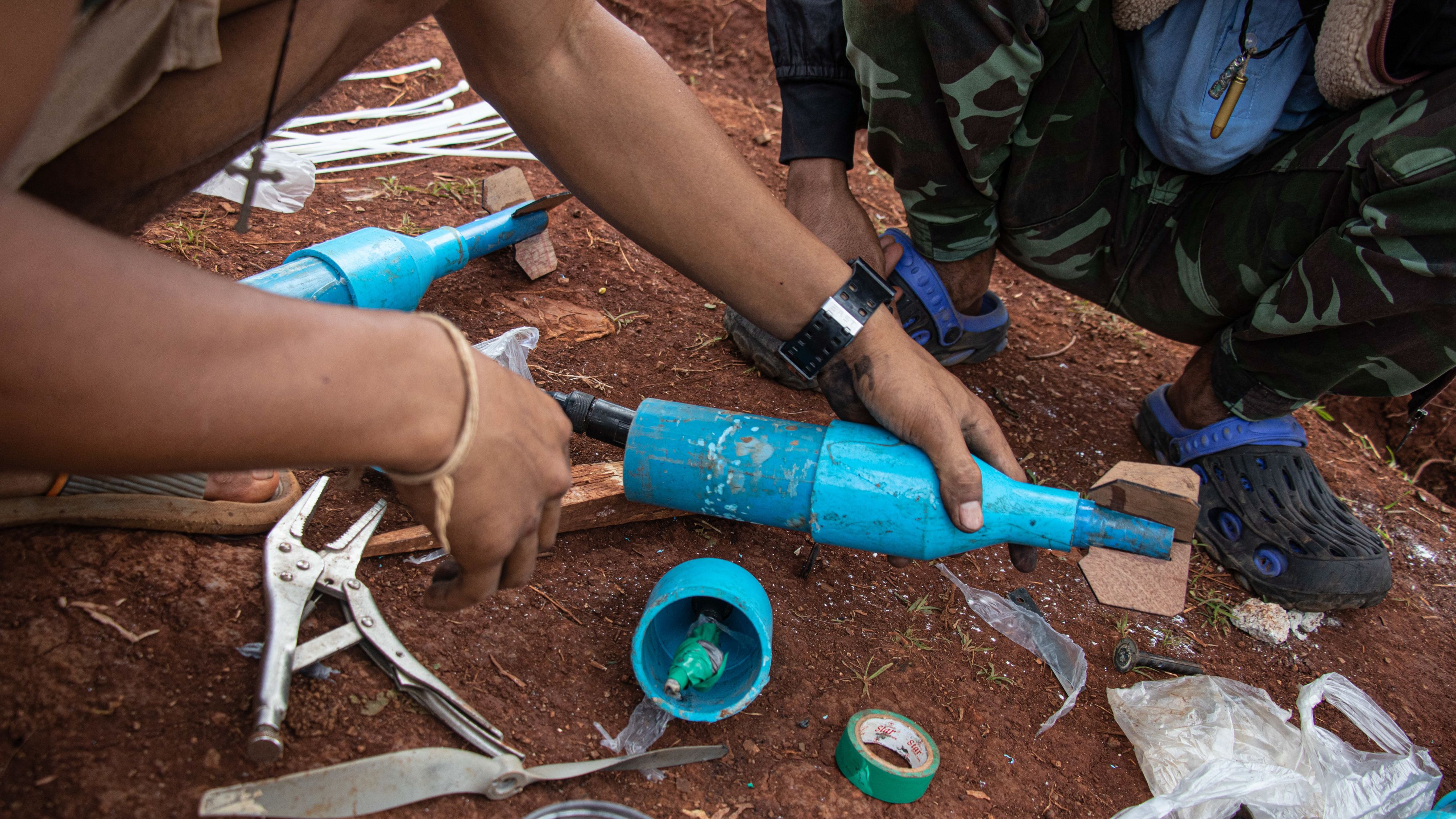
Fighters prepare homemade bombs to be dropped from drones.
Fighters prepare homemade bombs to be dropped from drones.
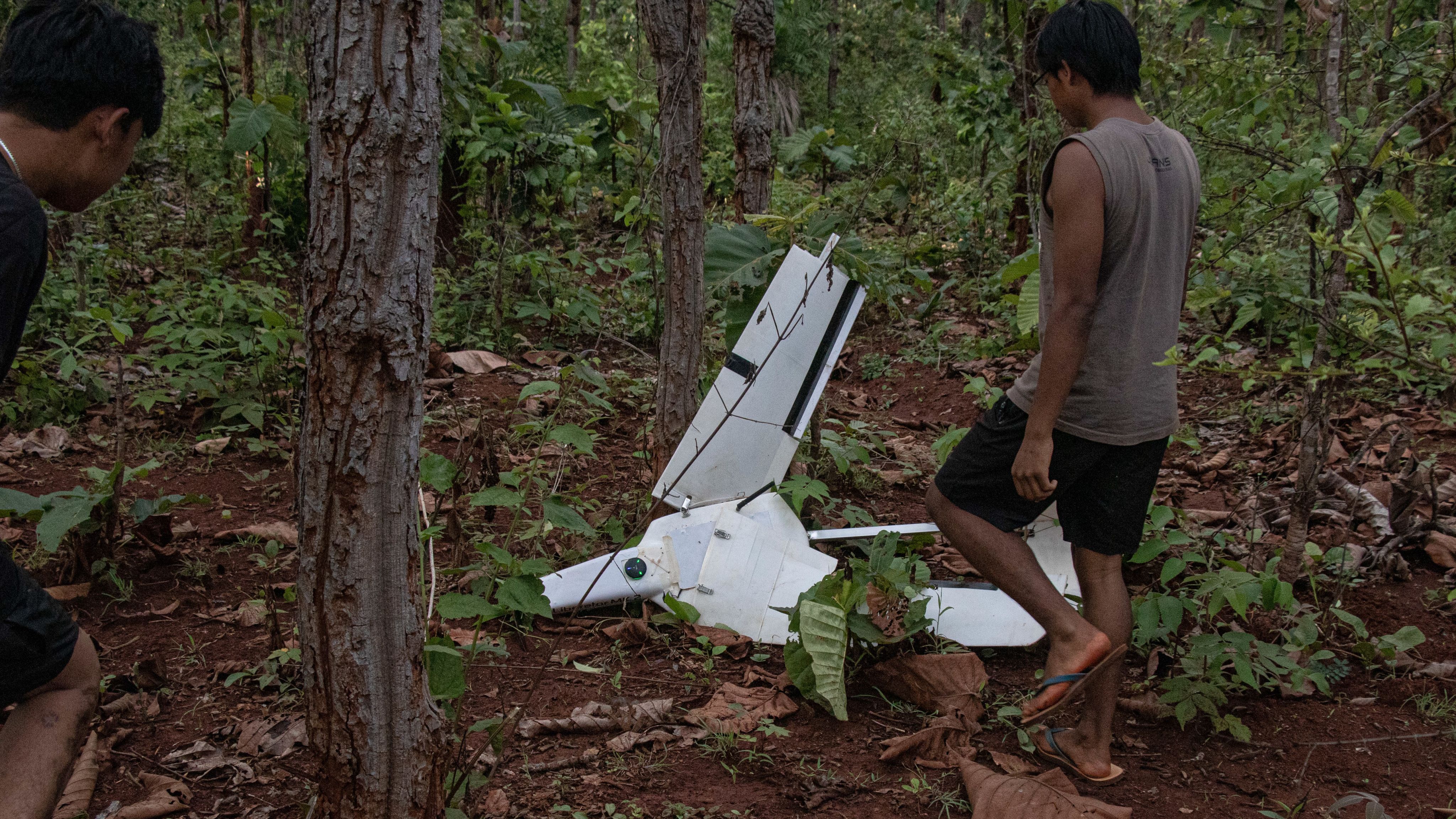
This drone, named Liberator Mark II, crashed during a test.
This drone, named Liberator Mark II, crashed during a test.
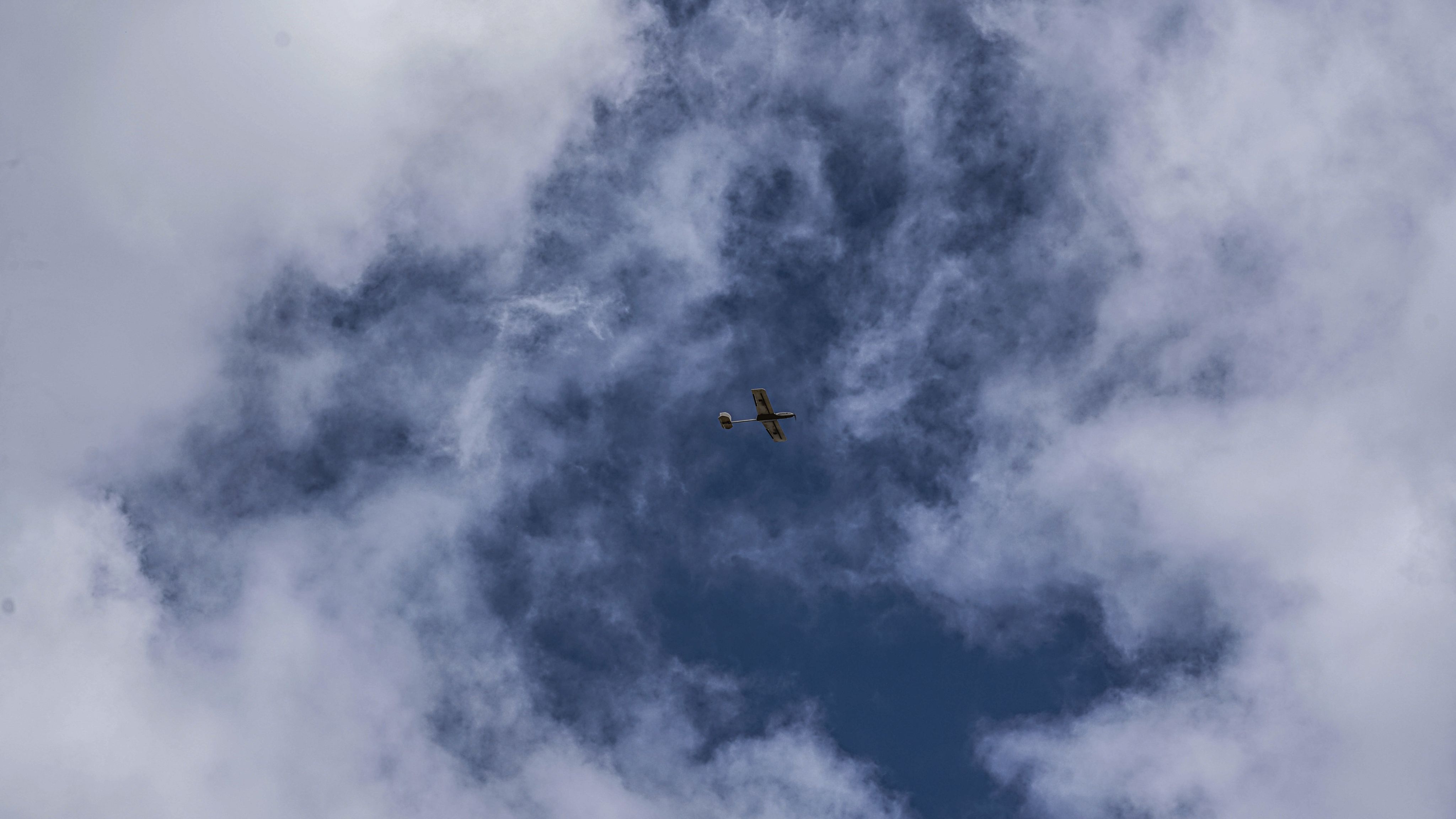
The Liberator Mark II flies after repairs. It was modified for long-range missions.
The Liberator Mark II flies after repairs. It was modified for long-range missions.
Editor: Yuichi Nitta, James Hand-Cukierman
Photo editor: Ken Kobayashi
Graphics: Hidechika Nishijima
